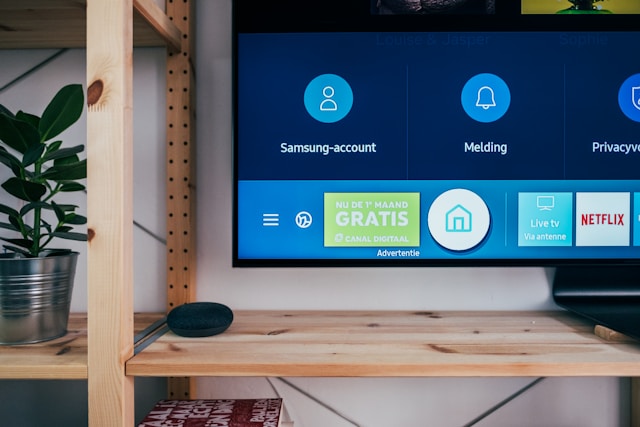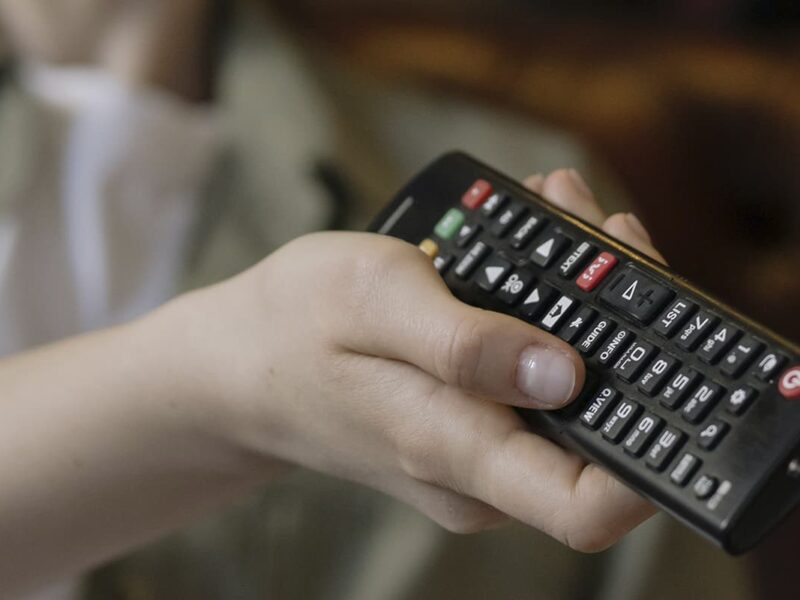Every home of a modern person has a TV set – the main source of information and entertainment content. A TV set can be the cheapest and simplest or the most expensive and packed with many functions. But a TV set is useless if it is not connected to television broadcasting. Therefore, the question arises: “What to choose: cable TV or digital TV? And which is better?”.
Cable TV is an analog of the television broadcasting model, where the TV signal is distributed through a cable that goes to the consumer and also transmits sound. This method began to spread actively in the 1980s in Europe and America. This method of broadcasting allows the consumer to watch more than sixty channels in high quality and not be afraid of interference.
What is digital television?
Digital television is a broadcasting method in which a television signal containing image and sound is encoded using digital channels. Currently, the most popular data encoding method is MPEG. This method has a number of advantages: stability, reduced transmitter power, a much larger number of programs in one frequency band, excellent sound and image quality, many useful functions, and the ability to select a language. If you decide to connect digital TV, you only need to buy a small set-top box, but even that is not necessary, as many modern TVs have long supported the DVB-T2 standard.
It is important to understand that comparing digital and cable TV is pointless and makes no sense. Cable television is essentially one of the ways to deliver information to subscribers, while digital television is a type of video and audio signal transmission. Satellite or terrestrial television is put on a par with cable television, while digital television is compared to analog.
What are the main pros and cons of cable TV?
Pros:
- Good sound and picture quality, which is far ahead of analog, although not as good as digital.
- Resistance to interference, this parameter is approximately at the same level as that of digital.
- A large number of channels, but this is also inferior to digital.
Cons:
- Strongly depends on the operator.
- It’s impossible to get it in a village or town. Even in some cities, in remote areas, it will be problematic to lay a cable for a subscriber, which is undoubtedly a disadvantage.
- Installation prices for each operator are different and can range from inexpensive to exorbitant.



